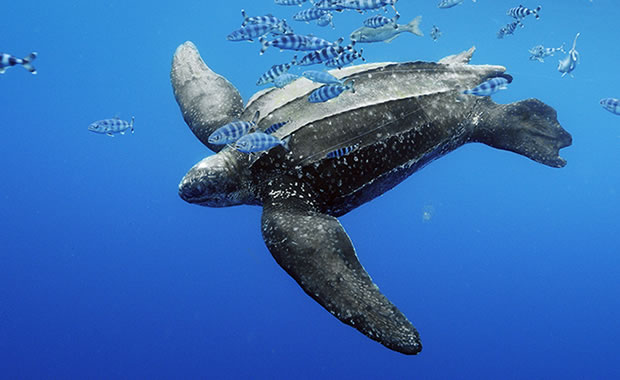Creature Profile
Afrogyrus rodriguezensis is a species of freshwater snail found in Mauritius. Snails are mollusks that have coiled or spiral shells covering their soft bodies, and the shells get bigger toward the opening as they grow. Some aquatic snails may come to the water surface to get oxygen, which they can hold within the shell, and some, including this species, have gills to extract oxygen from the water. No freshwater snail can live long term out of the water. There is very little information available that provides a description and the ecology for this particular species/genus.
Freshwater snails are generally found among tree roots and non-flowering plants along slow-moving to moderate flowing streams. They are also sometimes found in detritus (organic matter and rock fragments) along water edges. This species is more than likely herbivorous, feeding on algae and small pieces of dead or decaying plants in the water. All snails are "hermaphrodites," possessing both male and female reproductive organs. A small slit appears on the neck where the fertilization occurs and the eggs develop. After hatching from the eggs, the larvae swim freely in the water and soon begin to grow a shell, which eventually weighs them down, making them pedestrian.
Populations estimates and conservation information is currently unvailable for this species. The IUCN lists this creature as "endangered." Generally, snails and other freshwater species are threatened due to habitat degredation and/or pollution.
Wikipedia Article

|
Wikipedia Article Copyright Notice: This article is licensed under the GNU Free Documentation License. It uses material from the Wikipedia article "Africanogyrus rodriguezensis". |
April 29, 2017
Glenn, C. R. 2006. "Earth's Endangered Creatures - Afrogyrus rodriguezensis Facts" (Online). Accessed 4/16/2024 at http://earthsendangered.com/profile.asp?sp=1731&ID=1.
Need more Afrogyrus rodriguezensis facts?




